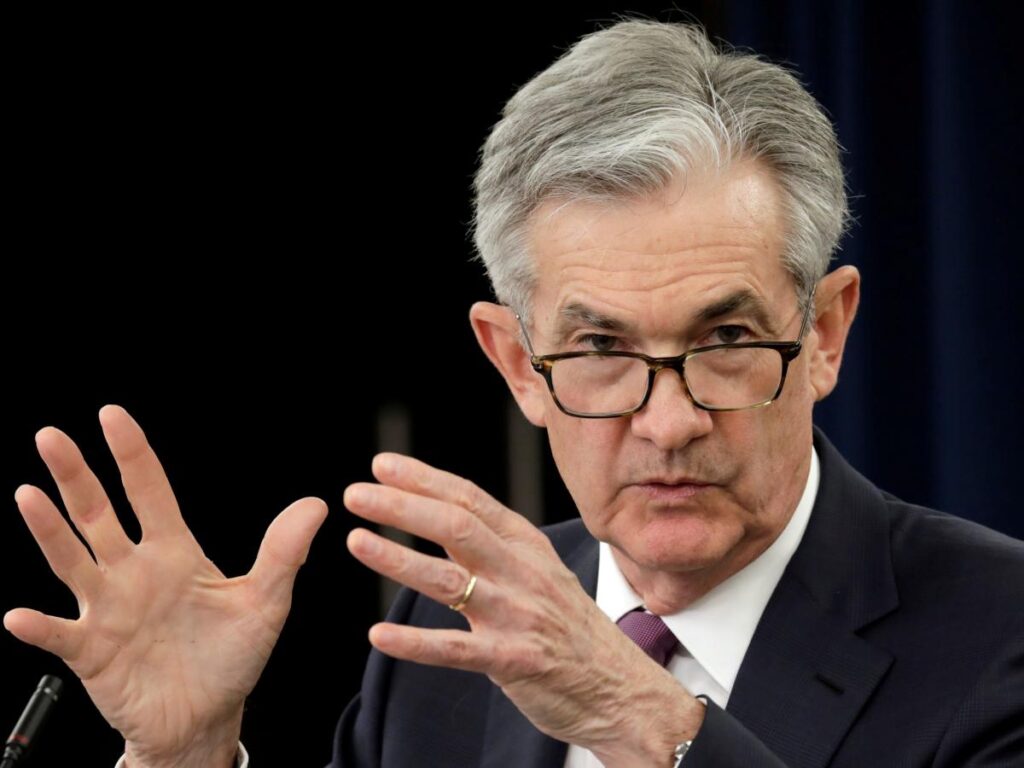-
Stocks, houses, and commercial real estate look expensive to the Fed’s economists.
-
The central bank’s staffers said valuations are stretched and under “notable” pressure.
-
They issued a positive outlook for the US economy, but flagged risks to the financial system.
Stocks, houses, and commercial property look expensive — and there’s a significant risk their values could fall, the Federal Reserve’s economists said.
“The staff characterized asset valuation pressures as notable. In particular, the staff noted that valuations in equities, housing, and commercial real estate were high,” read the minutes from the Fed’s meeting three weeks ago, published on Tuesday.
Economists at the US central bank noted that both stock valuations and house prices have climbed to historic heights.
“The forward price-to-earnings ratio for S&P 500 companies rose to the top 25% of its historical distribution,” the minutes read. “House prices increased to the upper end of their historical range, relative to fundamentals, despite tight credit conditions in the mortgage market.”
The Fed staffers also warned that commercial-property values seemed excessive. “While CRE prices declined, valuations remained stretched, with capitalization rates remaining near historical lows,” the minutes read.
The in-house economists noted the office sector continued to suffer from the shift to remote working, and delinquency rates on commercial mortgage-backed securities rose as more people failed to repay their office and retail loans on time.
Several market commentators have warned that asset prices are in a bubble and destined to crash, especially as the Fed’s inflation fight has seen it raise interest rates from virtually zero to more than 5% since last spring.
Higher rates encourage saving over spending and raise borrowing costs, which can sap demand for companies’ offerings, and result in steeper interest payments on their debts. They also boost yields from risk-free assets like Treasuries, slashing the relative appeal of stocks, real estate, and other risky assets.
Moreover, the rate increases have lifted mortgage costs to their highest levels in more than two decades. That’s caused an affordability crisis and frozen the housing market, as priced-out buyers wait for better deals and prospective sellers hang on to the cheaper rates they’ve locked in.
As for the debt-laden commercial real estate sector, it’s faced a painful mix of declining property values, higher interest costs, and a credit crunch as lenders pull back in fear of a surge in defaults or a fresh wave of deposit withdrawals.
Those pressure points led the Fed’s staffers to flag “notable” vulnerabilities in the US financial system, including funding risks and the amount of leverage in the financial sector. They also cautioned of “moderate” vulnerabilities tied to business and household debt.
Still, they don’t anticipate a recession given the economy’s strong growth, low unemployment, slowing inflation, and resilient consumer spending in recent months.
Stocks, houses, and commercial property may be pricing in that positive economic picture – but when the Fed’s own economists say they look expensive and under pressure, investors will certainly pay attention.
Read the original article on Business Insider
Read the full article here

